Merchandise cut is the deepest for live acts
Top musicians, booking agents and grassroots venues are sounding the alarm over the live music venues and industry conglomerates that are taking cuts from artist merchandise sales.
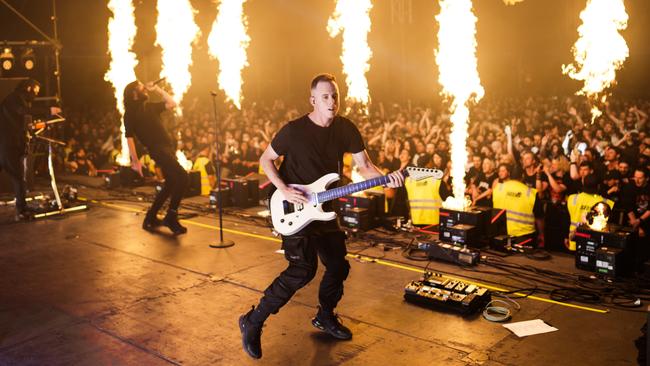
Top musicians, booking agents and grassroots venues are sounding the alarm over the live music venues and industry conglomerates that are taking cuts from artist merchandise sales.
With the streaming business effectively killing artists’ income, and the rising cost of living making the already precarious business of touring less sustainable for many musicians, the only way to make a profit – or at least break even – is through selling merchandise.
Increasingly, venues across Australia have been taking a commission, anywhere between 10 per cent and 30 per cent, from merchandise sales.
“It’s abhorrent behaviour,” says Josh Smith, a member of ARIA-winning band Northlane and founder of the artist management company Open Door. “I don’t understand how this came about, and why artists are targeted.”
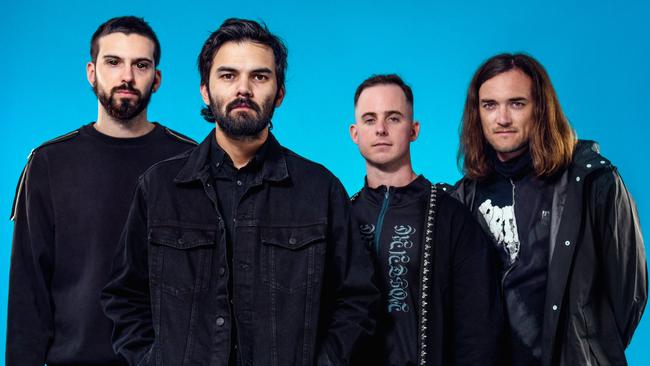
Merchandise cuts were once reserved for larger capacity venues, but the practice has trickled down to smaller rooms that host just a few hundred punters. This is concerning, Smith says, because it effects the grassroots musicians who are just starting to break through.
Artists are unclear as to how exactly these merchandise cuts came about, how they are justified, and what the money is used for.
“It’s never been explained to me. I’m very in the dark about it,” says Brisbane artist Hatchie, real name Harriette Pilbeam.
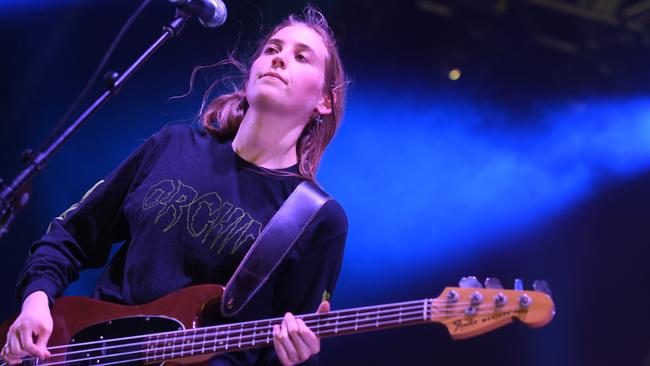
Some venues have suggested that it’s to cover operational costs, and prop up budgets so that venue rental fees are lower, but Smith isn’t convinced. “These venues still charge a rental fee. Some of them will charge you for anything you can think of, including an electricity levy. They are ensuring all their bases are covered,” he says.
Chris O’Brien, general manager of tour promoter Destroy All Lines, says merchandise cuts have “been around for so long that it’s become the normal”.
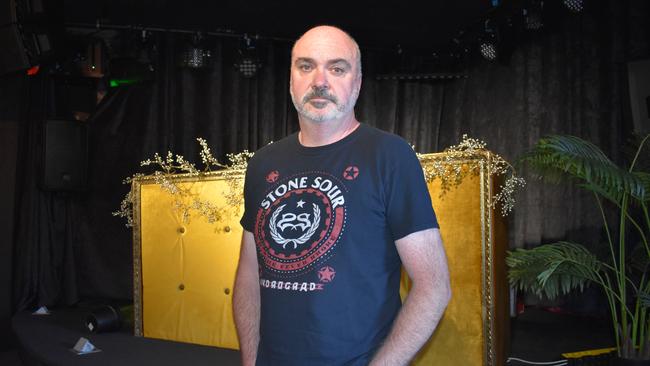
“Most venues were taking cuts prior to Covid. This has been happening for a very long time. I think that’s why the artists are starting to get angry about this, because their costs have absolutely exploded.
“It’s so much more expensive on every single line in your budget whether its audio, lighting, labour, APRA, insurance, crew costs, accommodation, flights, freights, you name it – every single line item has gone up in their budgets.
“More than ever, it’s critical that they have as much merchandise income as they possibly can,” O’Brien says. “If you’ve got to give that away to venues, then there will come a breaking point.”
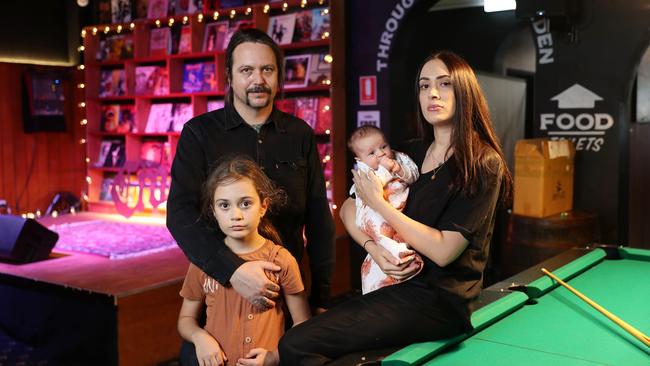
A number of grassroots live music venues around Australia are taking stand against merchandise cuts. Last week, the Croxton Bandroom in Melbourne released a statement on Instagram condemning “increasingly predatory practices in the live music space, like venue merchandise cuts.”
Trad Nathan, a former musician who owns the Leichhardt heavy music venue Crowbar, tells The Australian he hasn’t, and will never, take a merchandise cut from artists. “I understand how important it is to the livelihood of bands,” he says.
“Sometimes you look at bands that are doing such great numbers, and have multiple gold records, yet still don’t own houses.
“I have to question why that is,” Nathan says.


To join the conversation, please log in. Don't have an account? Register
Join the conversation, you are commenting as Logout